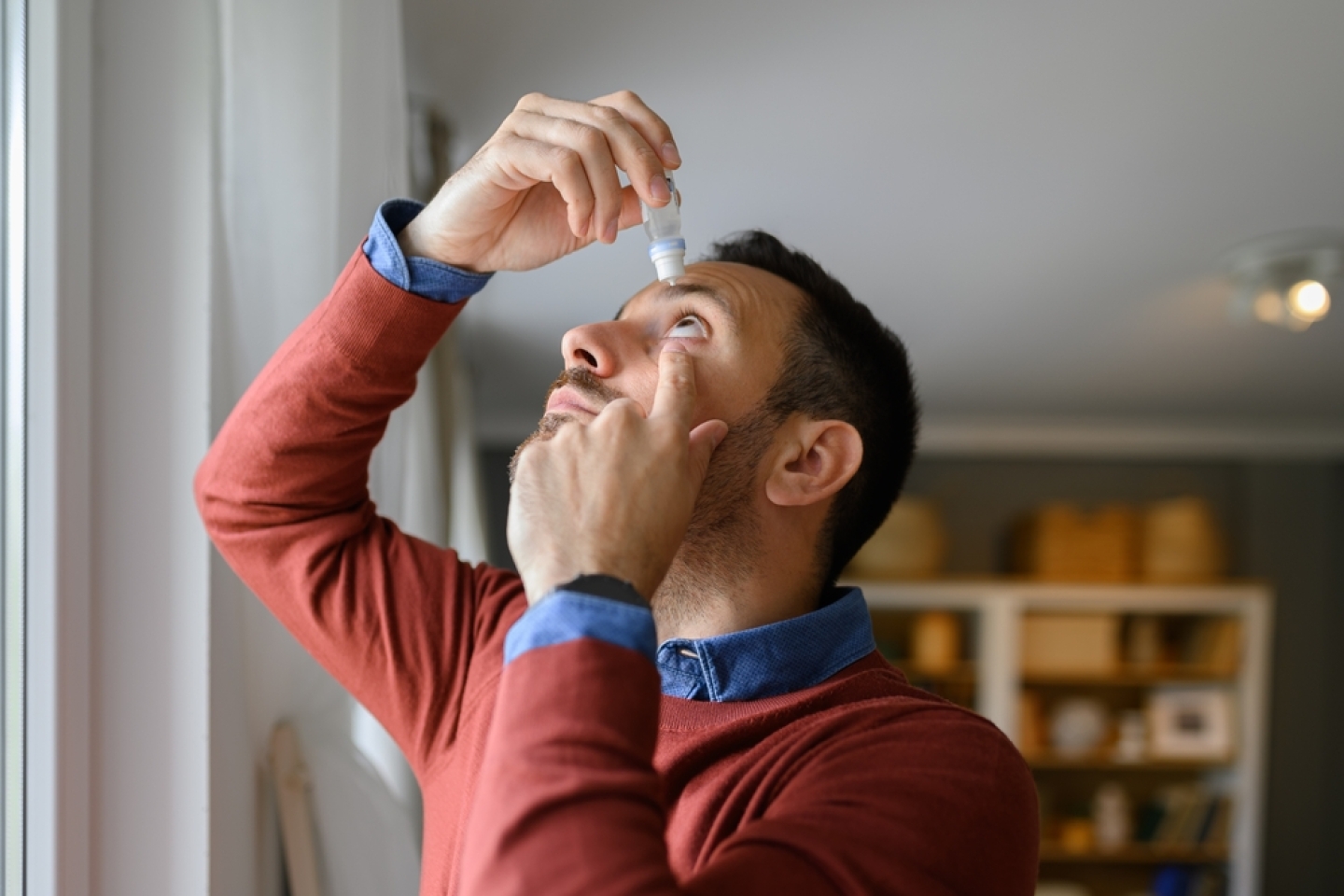
Americans experience approximately 2.5 million eye injuries every year, according to the American Academy of Ophthalmology. From mild scratches to major trauma, all eye injuries affect your quality of life. If you want to keep your peepers safe, don’t take them for granted.
“Since eye injuries aren’t typically life-threatening, they take a back seat in people’s minds compared to other injuries or illnesses,” says Nadia Haqqie, M.D., assistant professor of Ophthalmology at Weill Cornell Medical College and board-certified ophthalmologist at Weill Cornell Medicine. “However, eyesight is crucial. Most of our livelihoods depend on the ability to see well, and eye injuries can be sight-threatening and result in permanent vision loss if not treated.”
While eye injuries have many sources, certain activities are riskier. Some of the most common causes of eye injuries that Dr. Haqqie treats include:
“Any activity with eye-velocity elements—paintball, power tools, etc.—puts you at risk,” Dr. Haqqie says.
Types of eye injury you may experience include:
It can be tempting to stay home and care for eye injuries on your own. However, this is often not a good idea.
“Unfortunately, few eye injuries can be treated at home,” Dr. Haqqie says. “If you wonder if you should visit an ophthalmologist, the answer is always yes. You can never be too careful when it comes to your eyes.”
Attempting to treat an eye injury at home can lead to further complications, such as:
That said, two injuries may not require immediate medical treatment. Dr. Haqqie says a subconjunctival hemorrhage without pain or vision changes can be monitored at home. Staying home with bruising around the eye may also be safe if there are no other symptoms.
Otherwise, the safest option is to seek care immediately. If something is lodged in your eye, leave it in place and contact an ophthalmologist or emergency room. If chemicals splash in your eyes, rinse them thoroughly with sterile water and have them evaluated by a health-care provider.
Even if it seems your eye injury is healed, seek expert care. This gives you a cushion of comfort, knowing your eye is in good shape. It may also save you from further harm.
“People often assume things will get better without seeking treatment,” Dr. Haqqie says. “This can result in worsened eye injury or damage that could have been prevented.”
Following an eye injury, Dr. Haqqie recommends going to an emergency department staffed with ophthalmologists. These specially trained experts detect and treat eye injuries.
When no ophthalmologist is nearby, you should still seek emergency medical care.
“The best thing you can do to protect your vision is get examined as soon as possible after an eye injury,” Dr. Haqqie says. “Time is of the essence with eye injuries. While not all emergency departments have ophthalmologists or others who are well-versed in eye injuries, the emergency staff will do their best to care for you.”
Diagnosing your issue includes discussing your symptoms and health history and performing an eye examination. If necessary, your provider may perform an imaging exam, such as an ultrasound or computed tomography (CT) scan. These tests help determine the location and extent of your injury.
Once your eye injury is diagnosed, your care team develops a treatment plan. Treatment options offered through Weill Cornell Medicine include:
Fortunately, eye injuries are largely preventable with proper eye protection. Options include:
Whether you want help protecting your eyes or overcoming an eye injury, the experts at Weill Cornell Medicine are here to help. Find a provider today.